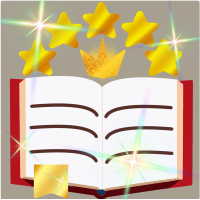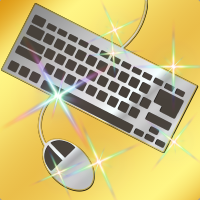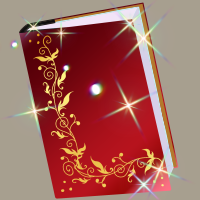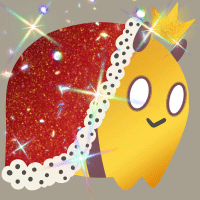Oct 16, 2025
I liked Stahl's pov! That was quite refreshing uwu the minotaurus and maze ref was a nice one Haruchi~
So, t'was last chapter huhh?! Chonkerpost time haaaaan.
So, about the worldbuilding first. You did a lot regarding the societal point. Magic systems, the different 'schools' regarding it, the Dukedom/Diluvian things. It's rich.
As for the characters, you know my unconditional love for Itsuki. But I'll admit that him and Sayaka have well-crafted personalities and backgrounds. The more you read the better you get to know them. They are touching, well, especially Sayaka ( I am biased ). Not sure I can say the same for any of the other characters. It has already been said in the comments but yeah, tbh I don't remember any striking/endearing fact about them. It might be just me often reading before falling asleep though. I find funny Himmel-with-glasses-kun, this said, and Stahl is sure cool.
Nice to have a dual plot centered for one at the MC's emotional devs and one about saving the world u.u. You tried something new with this action-filled isekai and that's cool. I would have two nitpicks that may have made it less my style than what I already read from you 
One being about the action scenes, but I think it may be just because of me not being fluent enough in English, so you may distegard. As much as you spend enough words to describe fights, I often had difficulties to picture them and follow everything happening.
Second nitpick is that sometimes your characters go into lots of chitchat. As far as it is, ofc, more natural and realistic, I found it sometimes unnecessary or even dulling some scenes. An example I have in mind is Kiaki/Velena during the last attack in the village. When they got — thanks to their magic — behind kind of a barrier or smth, part of the exchange they had was kind of.... Casual? I found it a bit out of place, especially during a fight. A bit damaging the flow there.
To finish on a better note, I wanted to highlight how much better the second version has gotten between what you initially posted/deleted and now! You gained quite the impactful scene, that was worth the suffering huhuh~
Also congrats for finishing in time, wishing you the best with the contest🎉
![]()











 luckily Amako has changed her victim fufufu
luckily Amako has changed her victim fufufu

